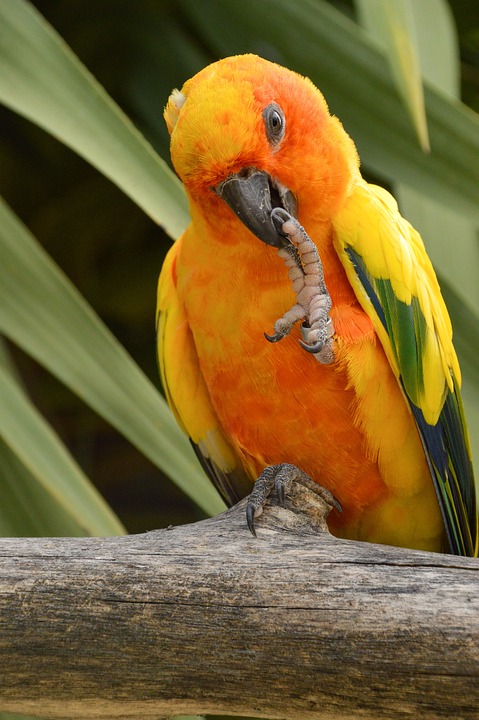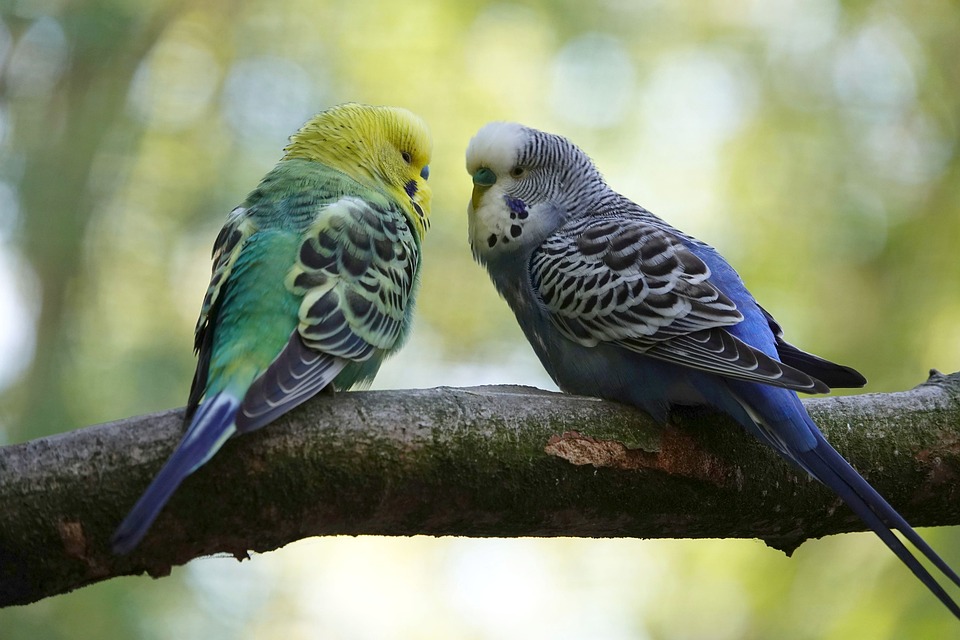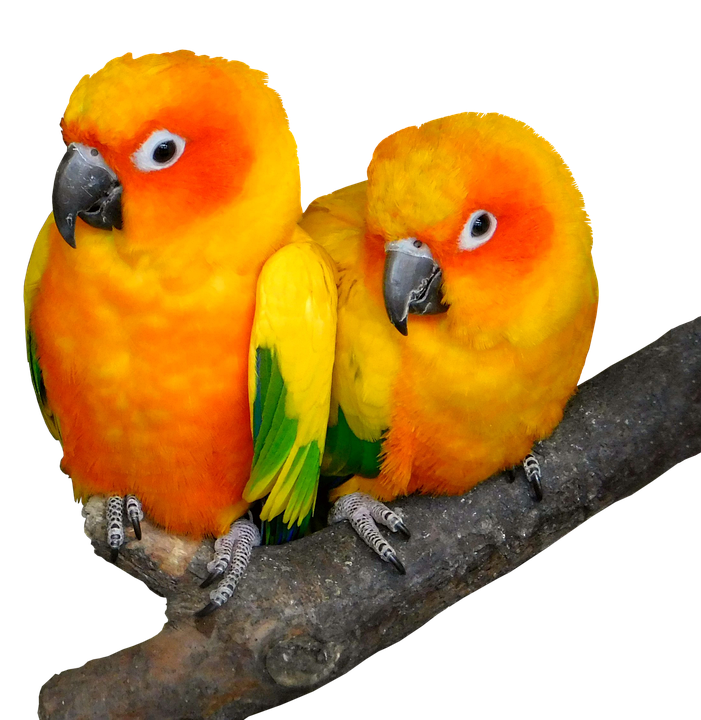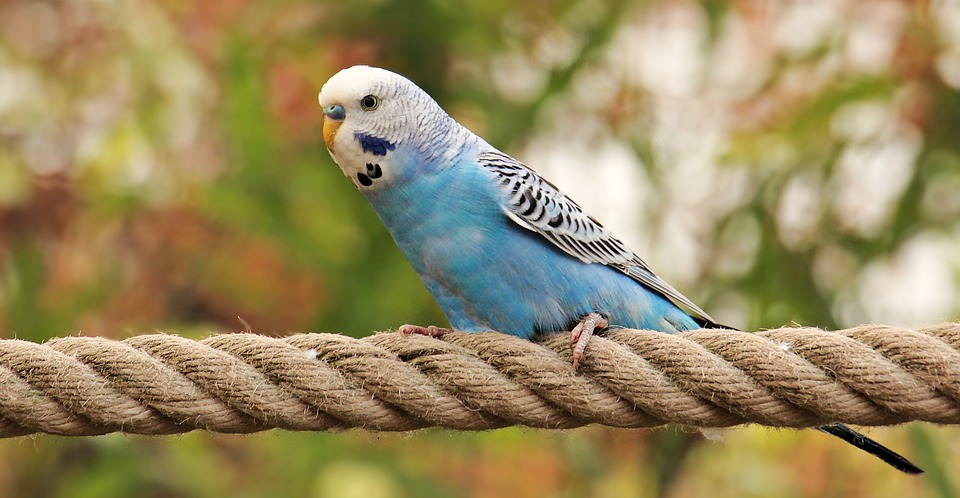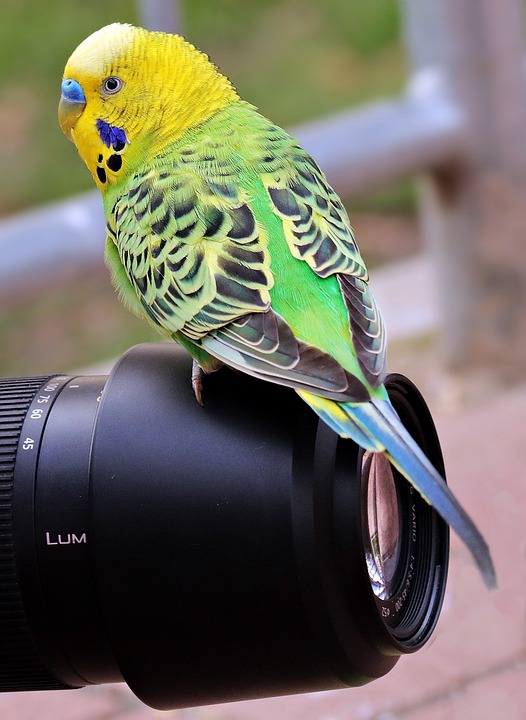Parrots are well-known for their vibrant colors and ability to mimic human speech. However, their mimicry skills go beyond words and extend to laughter and whistling. In this article, we will explore the fascinating world of parrot behavior, focusing on their mimicry of laughter and whistling. By understanding the science behind parrot vocalization and mimicry, as well as the reasons behind these behaviors, parrot owners can better appreciate and manage their parrots’ unique abilities.
The science behind parrot mimicry is complex and intriguing. Parrots have impressive vocalization abilities, allowing them to mimic a wide range of sounds, including human laughter and whistling. Their vocal apparatus, which includes a syrinx, allows them to produce a diverse array of sounds. Additionally, parrots possess mirror neurons, which are specialized cells that play a crucial role in imitating sounds and actions. These mirror neurons enable parrots to learn and mimic sounds they hear in their environment.
Social learning also plays a significant role in parrot mimicry. Parrots are highly social creatures and learn by observing and imitating the behaviors of others. They often mimic the sounds they hear from their human companions or other parrots in their flock. This social learning helps to reinforce their mimicry skills and allows them to acquire new sounds and behaviors.
Laughter mimicry is a fascinating aspect of parrot behavior. Parrots have been observed mimicking laughter, both human and parrot laughter. This behavior is believed to serve several purposes. Firstly, it can be a form of social bonding, as laughter is often associated with positive emotions and camaraderie. By mimicking laughter, parrots can strengthen their social connections with humans and other parrots. Secondly, laughter mimicry may also serve as a form of communication, signaling happiness or excitement to their human companions or flock members.
Whistling mimicry is another intriguing behavior displayed by parrots. The origins of whistling behavior in parrots are not entirely understood, but it is believed to be a combination of genetic predisposition and social learning. Parrots often mimic whistling sounds they hear in their environment, including melodies, tunes, and even specific whistling patterns. Whistling can serve as a form of communication, attracting attention, or expressing contentment.
Environmental factors also play a role in parrot mimicry behavior. Parrots are highly sensitive to their surroundings and will often mimic sounds that are prevalent in their environment. For example, if a parrot is exposed to a particular song or whistle repeatedly, they may start mimicking it as a way to fit into their surroundings or seek attention.
Understanding and managing parrot mimicry behavior is essential for parrot owners. Positive reinforcement training techniques can be employed to encourage appropriate mimicry behaviors. By rewarding the parrot when they mimic desired sounds or behaviors, owners can shape their parrot’s mimicry skills in a positive and constructive manner.
Encouraging appropriate mimicry behaviors involves providing the parrot with social and environmental stimuli that promote the desired sounds. For example, playing recordings of laughter or whistling can encourage the parrot to mimic these sounds. Additionally, spending quality time with the parrot, engaging in activities that elicit laughter or whistling, can also encourage them to mimic these behaviors.
Dealing with unwanted mimicry behaviors can be challenging but not impossible. It is important to remember that parrots mimic sounds based on their environment and social interactions. Therefore, by removing or limiting exposure to inappropriate sounds or words, parrot owners can discourage the parrot from mimicking them. Consistency and patience are key when redirecting the parrot’s mimicry behaviors.
In conclusion, parrot behavior is a fascinating subject, particularly when it comes to their mimicry skills. Understanding the science behind parrot vocalization and mimicry, as well as the reasons behind laughter and whistling mimicry, can help parrot owners better appreciate and manage these behaviors. By employing positive reinforcement training techniques and providing appropriate social and environmental stimuli, parrot owners can shape their parrot’s mimicry behaviors in a way that enhances their overall well-being and strengthens the bond between human and bird.

